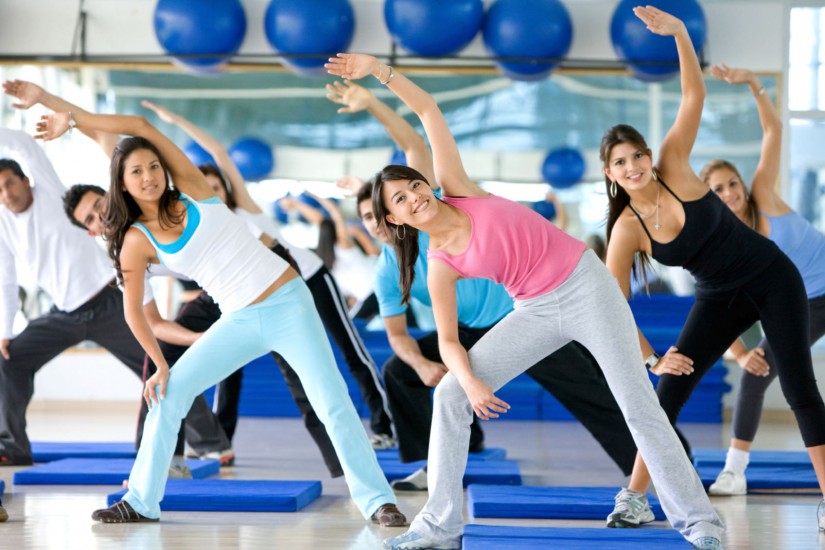There is nothing more frightening than knowing that you have something inside your body destroying your organs and your health. Breast Cancer is women biggest fear, today there are treatments that work and even cure cancer. Removing the breast is no longer a necessary step for treatment. If found early enough you have a great chance of beating this ugly disease, doctors do not know what exactly causes breast cancer. Breast Cancer is when abnormal cells grow out of control in one or both breasts. A mass forms and can spread to other areas of the body; the mass is called a malignant tumor. Most people do not know this but breast cancer also affects men, one in every hundred cases of breast cancer effects men.
The risk factors for breast cancer are aging this disease is much more common in older women, family history, hormones after menopause it raises your risk of getting the disease. Women who inherit genes called BRCA1 and BRCA2 are more likely to get it. Having too much body fat, drinking to much alcohol can raise your estrogen higher and put you at risk. Being inactive is not good either, if you find a usual lump or your breast has changed looking like dimples on them similar to an orange go see your doctor right away. The symptoms of Breast Cancer is a change in the way the breast feel, a thickening of the breast or underarm, a painless lump or a change in the size or shape of your breasts. A change in the nipple, it might turn in or look scaly. Clear or bloody fluid that comes out of the nipple.
It is very important to have regular check-ups and mammograms. Mammograms are an x-ray of the breast to detect anything usual about the breast. If a lump is found your doctor will want to do a biopsy, that is when your doctor takes some cells from your breast and do test on them. Surgery is necessary with cancer you may have radiation therapy to destroy cancer cells and get chemotherapy or hormone therapy. Your doctor will decide what is best for you between treatments. Try to stay healthy eating nutritious foods, lots of vegetables and fruits. Be active exercise for at least 30 minutes 5 days a week. If you drink alcohol try drinking in moderation and even after menopause even one drink can raise your risk. Breast Cancer effects:
Four out of 1,000 women in their 30s. 15 out of 1,000 women in their 40s. 26 out of 1,000 women in their 50s. 37 out of 1,000 women in their 60s
There are three stages of Breast Cancer
Stage 0 is when there is no evidence of cancer and cancer cells, such as DCIS and LCIS. Stage 1 is when the cells invade the tissue of the breast. Stage 2 is divided into subcategories IIA and IIB. IIA is when the cancer is in the breast and lymph node, underarms and the tumor is about 2 centimeters. IIB is when the cancer is in the lymph node and the tumor is more then 2 centimeters, but no bigger than five. Stage 3 is divided into subcategories IIA, IIB and IIC. IIA is when no breast cancer is found in the breast, the cancer has spread to the lymph nodes and can have settle to the breastbone of the body. IIB is when the cancer has spread to the chest wall and the tumor is bigger then 5 centimeters and it can also be in the lymph nodes to. IIC the cancer has settle to the chest wall and the skin of the breast.
Just because you might have, a big tumor does not mean it is as serious as a little tumor. A little tumor may give you more of a fight than a bigger one, depending on one’s body. Many do not know this, but bone health is very important when it comes to breast cancer. It is very crucial that you take care of your bones through out your life especially if you have breast cancer. Breast Cancer has been known to cause bone loss in some cases, it is important for women to take care of their bones since we are more likely to develop osteoporosis then men. See you doctor for supplements on building strong bones and keeping them strong especially during your treatment.
Get enough calcium. People older than 50 should get 1,200 milligrams of calcium each day. Make foods that are high in calcium part of your diet: dairy products such as
low-fat milk, yogurt, and cheese calcium-fortified dark green leafy vegetables such as broccoli, spinach, collard greens, and bok choy tofu almonds vitamin-fortified cereal calcium supplements
Get enough vitamin D. Vitamin D helps your body absorb calcium. People older than 50 should get 400 international units (IU) of vitamin D per day. People older than 70 need 600 IU of vitamin D daily. Your body makes vitamin D when you are in sunlight, but if you are indoors most of the time or lives in areas where sunlight is limited, add foods rich in vitamin D to your diet:
vitamin D-fortified milk herring, salmon, and tuna vitamin-fortified cereal
Do weight-bearing exercise. Exercise makes your bones and muscles stronger and helps slow bone loss. Do 30 minutes of weight-bearing exercise 3-4 times a week for maximum bone health benefits: walking jogging stair climbing playing tennis, racquetball, or squash dancing lifting weights.




